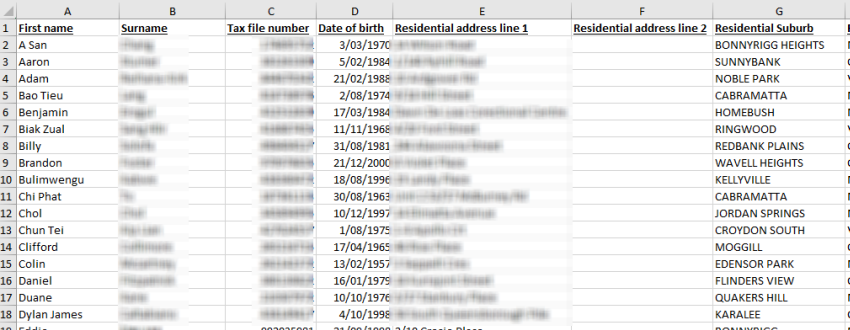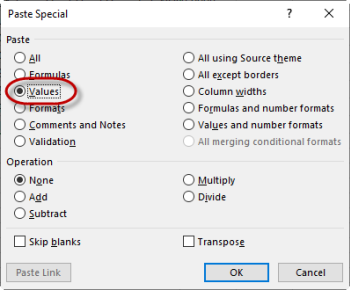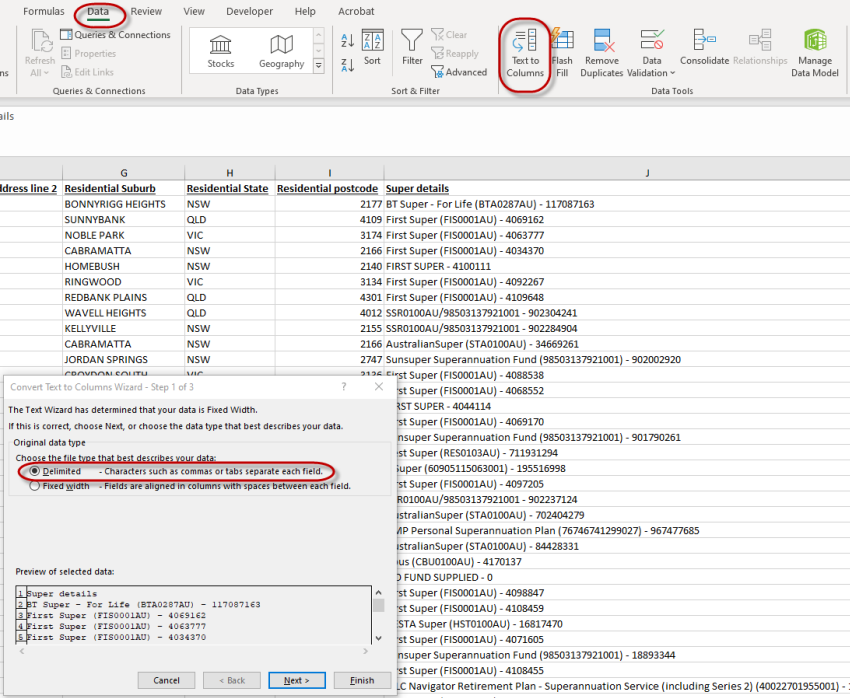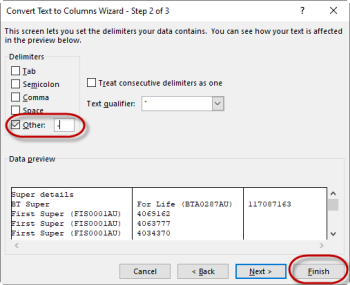Superannuation Guarantee Charge Statements (SGC) must be lodged when the minimum Superannuation Contribution is not made by an Employer by the cut-off date or when the Employer does not contribute to the Employees’ chosen funds.
The following penalties also apply:
- Superannuation is payable on all wages not just OTE
- The charge is not tax-deductible
- Interest at the nominal rate of 10% per annum is payable to the Employees’ funds
- A $20 Admin Fee per employee per quarter is payable to the ATO
- An additional Penalty (defined as Part 7 Penalty) that can range from 0% to 200% of the value of the Superannuation Charge Statement.
Once the short paid / late superfund is reported, the late payment is then paid by the Employer directly to the ATO. The ATO will assess the statement and issue a Notice of Assessment which will include Payment Instructions for the Employer (payment plans are available by phone only). The ATO will then create a Superannuation Employer account where the Employer is required to make payments.
The Superannuation Guarantee Charge Statement can be downloaded from the ATO website as an Excel Spreadsheet and completed by exporting key Employee and Superannuation information from the Xero Organisation.
You need to create one SGC Statement for each Quarter where Superannuation has either not been paid or paid late.
Export Employee Details
- Go to Reports
- Under the Employee Heading run the report: Employee Details Report
è The Employee Details Report
- Select/Enter the following details:
- Employee > Confirm: All
- Employee default location > Confirm: All
- Pay Schedule > Confirm: All
- Employment Status > Confirm: All
- Employee start date > Confirm > Any
- In Display columns include the following columns:
- First name
- Surname
- Tax File Number
- Date of Birth
- Residential Address
- Super Details
- Click on Download > Excel
è The Employee Details Report downloads into your Download folder - Open the Excel export report
è The Employee Details Export Report
- Delete the column: Residential address line 2 and sort/insert columns in the following order:
- Column A > Tax File Number
- Column B > First Name
- Column C > Last Name
- Column D > Full Name (insert new)
- Column E > Date of Birth
- Column F > Residential address line 1
- Column G > Residential Suburb
- Column H > Residential State
- Column I > Residential Postcode
- Column J > Full Address (insert new)
- Column K > SG Shortfall (insert new)
- Column L > Choice of Liability (insert new)
- Column M > Late Payment (insert new)
- Column N > Super details
- Save the Export file
- Go to the D2 column and enter the following formula =Concatenate(B2, " ",C2)
- Copy the above formula across all employee lines
- Go to the J2 column and enter the following formula =Concatenate(F2, " ,",G2, " ",H2, " ",I2)
- Copy the above formula across all employee lines
- Copy all the data from column D (Full Name), Right-click and select Paste Special
è The Paste Special screen

- Select Values and click on [OK]
- Paste the values back in the same Column (Full Name)
- Repeat the above steps for column J (Full Address)
- Delete the following columns:
- First Name
- Last Name
- Residential address line 1
- Residential suburb
- Residential State
- Residential postcode
- Select the Super Details Column, then from the Data Tab in the Excel ribbon select [Text to Columns]
è The Text to Columns screen
- From Original data type select Delimited and click on [Next]
è The Text to Columns screen

- From Delimiters select Other, type the dash symbol (-), then click on [Finish]
è The Super data splits into 3 columns - Rename the 3 columns as follows:
- Super Fund
- Fund ABN
- Member No
- Make sure all the member numbers are in the final column and the Fund ABN column is blank
- Go to the ASIC Superfund ABN Lookup Site and search for the ABN for the Superfunds listed against each Employee
- Enter the Superfund ABNs
- Save the Export Sheet
- Copy all the data from the Contact Details Export report
- Open the Super Charge Statement Excel Worksheet, go to the [Employees details] Tab and paste the Employee details in the Super Charge Statement
Note: before you import the data, make the SGC Statement has enough blank lines to include all the data from the export file.
Report Superannuation
The Superannuation Charge Statements includes 3 Superannuation columns:
- SG Shortfall > Reports the unpaid Super for the Quarter plus the Super paid late
Note: never include any superannuation paid on time in the SGC Statement - Choice of Liability > Reports the Super paid to an incorrect Employee's Superfund
- Late Payment Offset > Reports only the late Super payments
Report Super Shortfall
- In KeyPay go to Reports
- Under the Payroll Heading run the report: Super Contributions Report
è The Super Contributions Export Report - Select the following Report Options:
- Date Range > Select the relevant Quarter
- Employee Default Location > Confirm: All
- Contribution Type > Confirm: All
- Pay schedule > Confirm: All
- Employee > Confirm: All
- Group by > Confirm: Employee
- Click on Download > Accruals Excel
- Repeat the above steps for all Quarters you need to report as SGC Statements
- Open the Report if the BatchID Column is blank, then report the total Unpaid Superannuation for each Employee in the SG Shortfall of the Superannuation Charge Statement
- If some payments have a batch ID assigned you will need to break down the Super values as follows:
- Super Unpaid + Super Paid Late > SG Shortfall Column
- Super Paid Late > Late Payment Offset Column
- Super Paid on Time > Disregard
Note: this report only works if you use Beam Super to pay your Super. If you normally use another Clearing House, you will need to download Super Payment reports from the Clearing House where you normally pay superannuation.
- Go back to Reports
- Under the Payroll Heading run the report: Super Payments
è The Super Payments screen - Review the Batch IDs included in the Accruals Excel Report, click on the BatchID
è The Payments Details screen - Check the Payment received date If the payment was made on time the Super payments made under this batch should not be included in the SGC Statement. However, if the Payment received date shows a late payment, these payments should be entered in both the SG Shortall column and the Late Payment column
- Repeat the above steps for all Payment Batches paid for Quarters you need to report as SGC Statements
- Once you have entered all the Unpaid and Late Super, save the Superannuation Charge Statement worksheet
è The Superannuation Guarantee Charge - Once you have completed all the Super data in the SGC Statement you will need to finalise the SGC Statement and lodge it to the ATO either via the Online Services for Agents (BAS Agents) or Online Services for Business (Businesses)
- Once the SGC Statement is lodged you will then need to clear the Super Liability and post the Shortfall Interest and Admin Charges in either Xero or MYOB
|
Rate this Topic:
|
|||
|
